Lee
and Karen Duquette,
The Two RV Gypsies
at Balboa Village and Pier
50 Main Street, Newport Beach, CA 92661
September 29, 2022
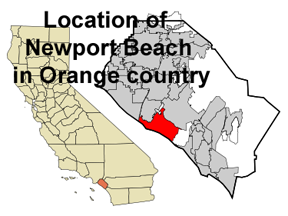
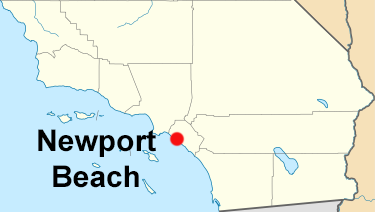
|
The scenic 3-mile stretch
known as “The Peninsula” features the harbor on one side and broad,
sandy California beaches on the other. From dine-in to grab-and-go,
there are restaurants to fulfill any kind of appetite and the variety
of bars and live music makes the Peninsula a regional nightlife destination.
Perfect for bike rides, laying out on the sand or cruising the harbor.
It does cost to park. |
 |
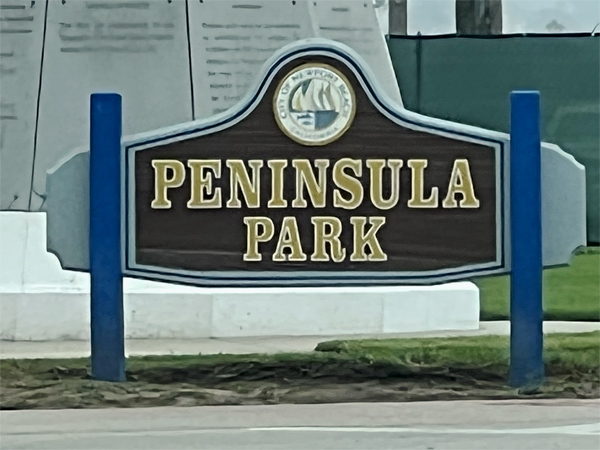 |
 |
| |
|
Below: Ruby’s Diner opened
its doors December 7, 1982 on Balboa Pier in Newport Beach, California
as a small shack sitting on the end of a pier surrounded by the Pacific
Ocean. This small shack was converted to a diner reminiscent of times
gone by. With a name as simple as its menu, Ruby’s Diner offered the
highest quality burgers, shakes and fries. And, with a service motto
of “Only the Best for Our Guest”, Ruby’s Diner quickly became the talk
of the town. Now, Ruby's has locations throughout Southern California
and cities across America. |
|
|
The Balboa Pier is one of
two piers in the city of Newport Beach, Orange County, California. The
other ocean pier on the Balboa Peninsula is the Newport Pier. The Balboa
Pier was constructed in 1906 as a sister project of the Balboa Pavilion.
|
 |
The Pier Plaza: The Balboa
Pier was constructed in 1906 as a sister project of the Balboa Pavilion.
The Newport Bay investment Company wanted to attract lot buyers to an
undeveloped spit of sandy land now called the Balboa Peninsula. In order
to do so, they built both the Balboa Pavilion and the Balboa Pier. These
two structures were built to coincide with the opening of the southern
terminus of the Pacific Electric Railway Red Car line from Long Beach
to the Balboa Peninsula. The plan worked; multitudes of beach-goers
flocked to Balboa, and many purchased lots.
The pier is a popular fishing spot. The fish caught from the pier
consist mostly of mackerel and flounder. The pilings are home to a large
population of starfish that feed on the large colonies of mussels growing
there. Fishermen catching starfish by mistake are a relatively common
sight. Notice Ruby's at the far end of the Balboa Pier. |
| |
 |
In the 1980s, the first of
Orange County's Ruby's Diner restaurants opened on the pier. The 1940s
nostalgia-themed restaurant has since become an Orange County landmark. |

|
|

|

|
Below: Looking at the beach
from the pier. Then Karen Duquette photographed a bird flying overhead.
A passer-by on the pier told her to be careful or the bird would
poop on her. Note: It did not do that, thank goodness. |
 |
 |
 The
pier was heavily damaged in the severe El Niño storms of 1998, which
also destroyed the famous diamond-shaped Aliso Pier in Laguna Beach.
One of the pillars was damaged, causing a partial collapse of one corner.
The wooden posts have since been reinforced with steel sheathing and
braces to prevent further damage. The
pier was heavily damaged in the severe El Niño storms of 1998, which
also destroyed the famous diamond-shaped Aliso Pier in Laguna Beach.
One of the pillars was damaged, causing a partial collapse of one corner.
The wooden posts have since been reinforced with steel sheathing and
braces to prevent further damage. |
|
After having a nice lunch
on the pier, the two RV Gypsies took a walk on the beach and Karen Duquette
photographed the waves and they exploded upon the shoreline. |
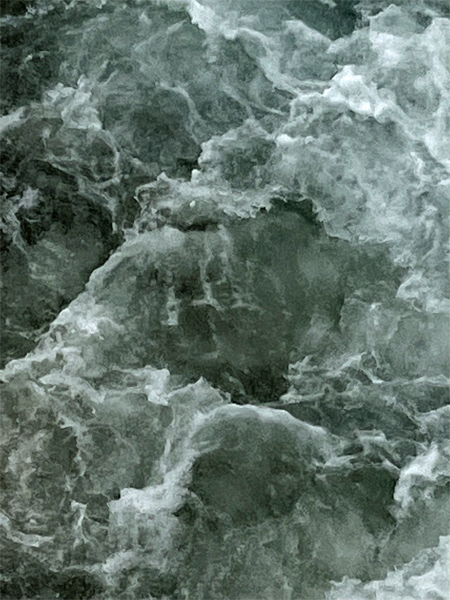 |
 |
The waves looked dark or icy
before hitting the sand as shown ABOVE, then they looked brownish, as
shown BELOW. |
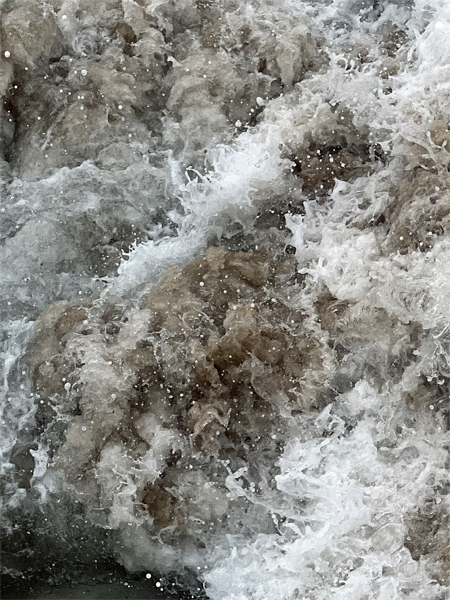 |
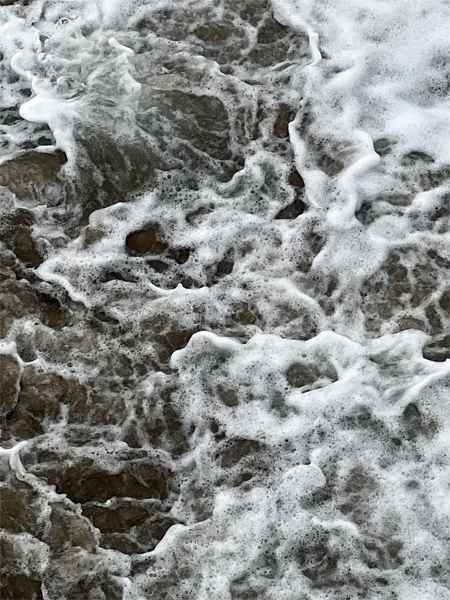 |
|
Below: Birds on the beach
would be pecking in the sand, until the waves came ashore, they the
birds would quickly scoot away from the waves. It was fun to watch. |
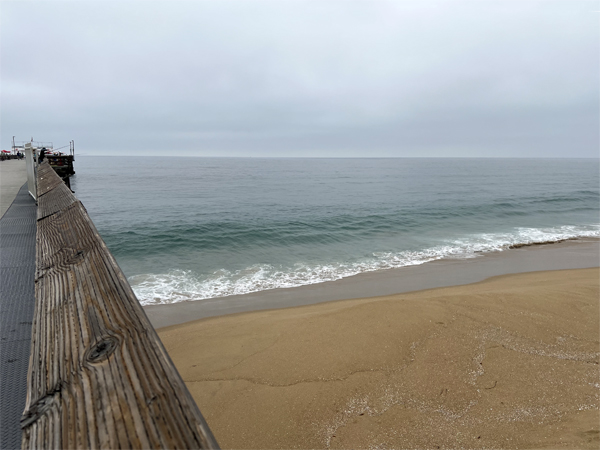 |
 |
 |
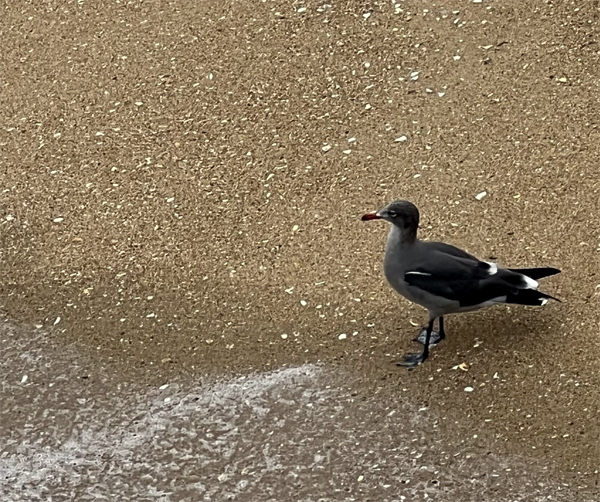 |
Below:  This
part of the sidewalk was actually a FLAT surface, although the paint
job made it appear that it was raised in the center. This
part of the sidewalk was actually a FLAT surface, although the paint
job made it appear that it was raised in the center. |
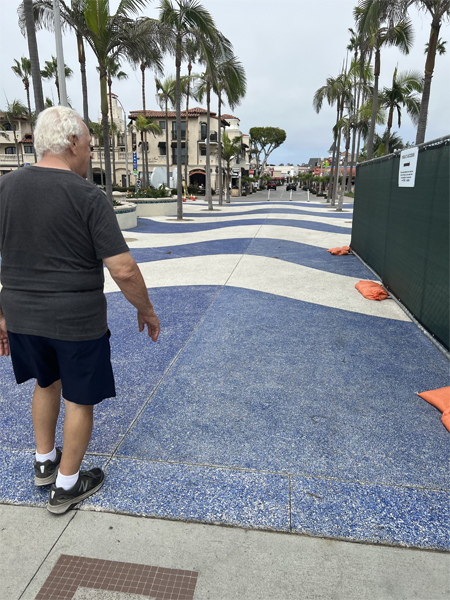 |
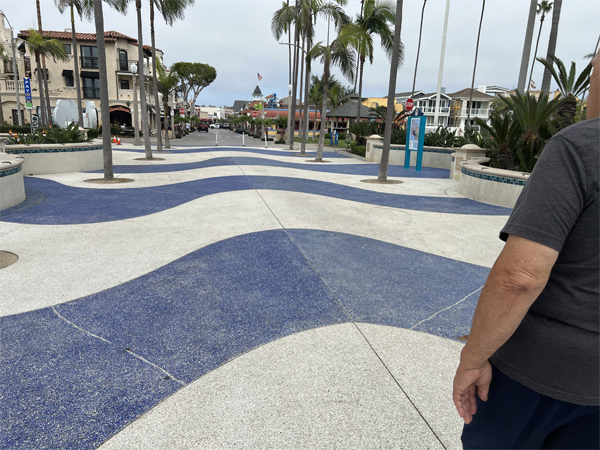 |
 |
 |
Below: Interesting things
around the Balboa Village- starting with a great black and white collage
above the closed movie theatre. |
 |
Below: The next
3 photos are of a great collage in a parking lot (which is actually
all one long collage) But Karen Duquette could not get the entire collage
in one photo. |
 |
|
|
Below: A lighthouse that is
part of a miniature golf course. |
 |
 |
Below: Karen Duquette just had to stop
and have a margarita at the place shown below. |
|
Below: The Two RV Gypsies love the Bird-of-Paradise
flower (Strelitzia reginae), also called crane flower. It is an ornamental
plant of the family Strelitziaceae native to South Africa. The plant
is grown outdoors in warm climates and as a houseplant for its attractive
foliage and unusual flowers. It is named for its resemblance to the
showy forest birds known as birds-of-paradise.
The bird-of-paradise flower grows from rhizomes (underground stems)
to a height of about 3 to 5 feet. It has stiff, erect, leathery, concave,
and oblong leaves borne on a long petiole (leafstalk). The leaves are
bluish green in color and may have a red midrib. The orange and blue
flower has two erect pointed petals and five stamens. One main flower
bract, shaped like a boat, is green with red borders. The fruits are
capsules with numerous seeds. |
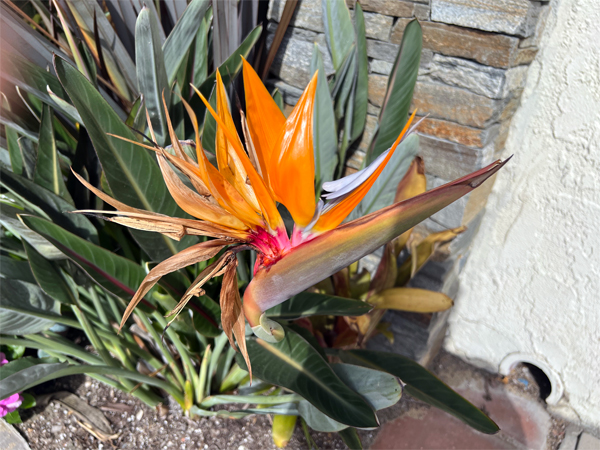 |
 |
 |
 |
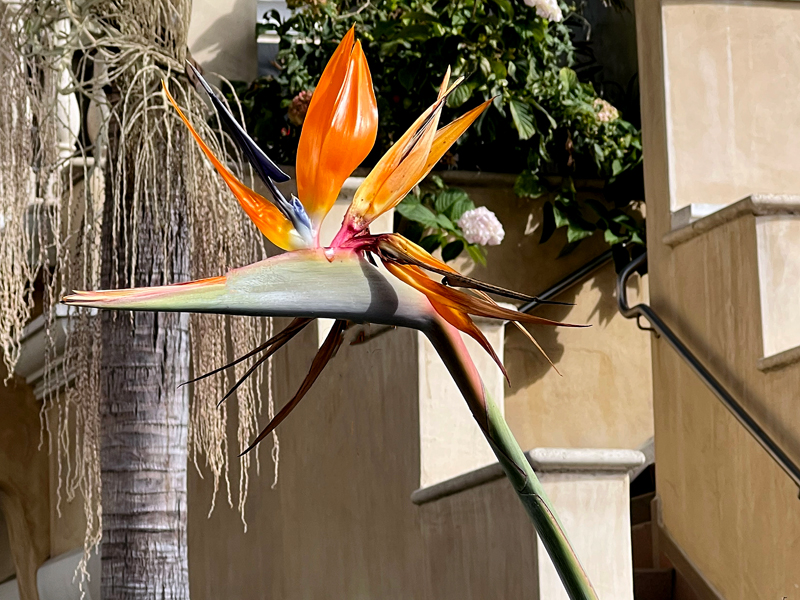 |
Below: Another Bird-of-Paradise
plant, this time it was seen in the window of a house. |
 |
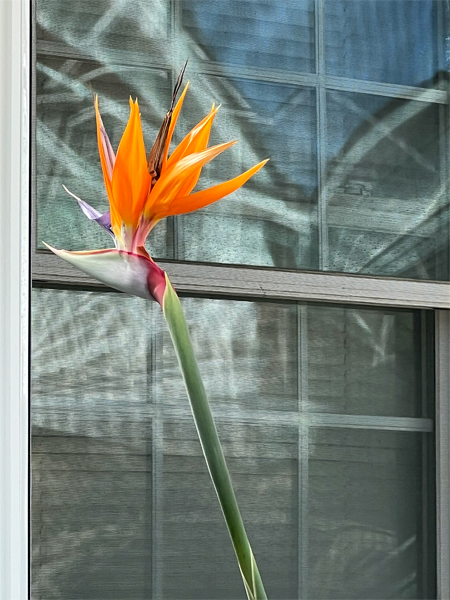 |
Below: Karen Duquette liked
the shape of the tree shown below. It was in the yard next to the house
shown above with the Bird-of-Paradise in its window. |
 |
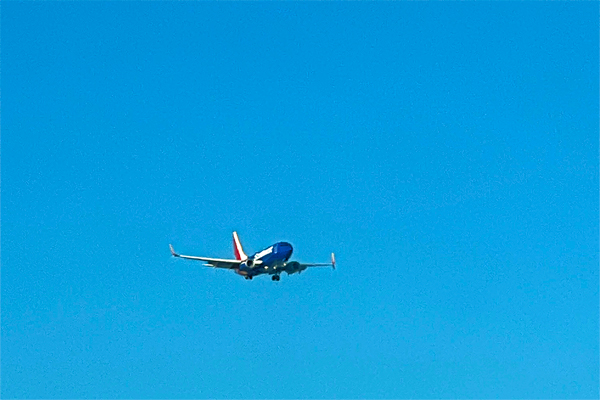 |





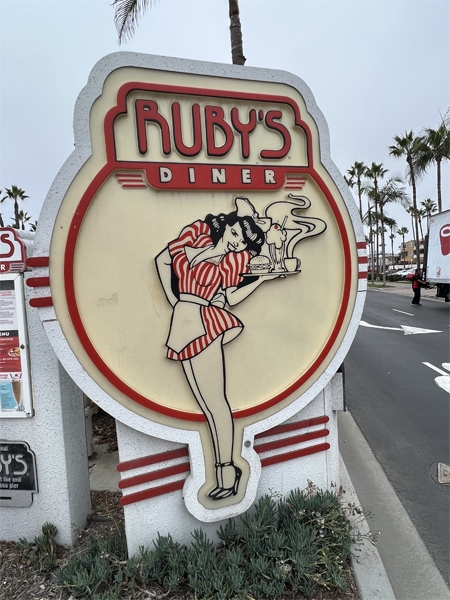






















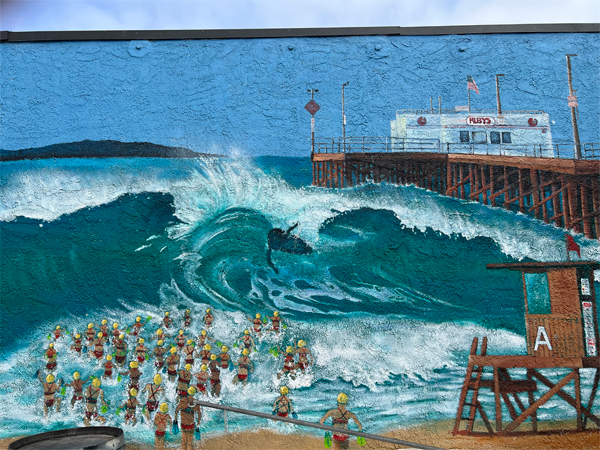



















 The
pier was heavily damaged in the severe El Niño storms of 1998, which
also destroyed the famous diamond-shaped Aliso Pier in Laguna Beach.
One of the pillars was damaged, causing a partial collapse of one corner.
The wooden posts have since been reinforced with steel sheathing and
braces to prevent further damage.
The
pier was heavily damaged in the severe El Niño storms of 1998, which
also destroyed the famous diamond-shaped Aliso Pier in Laguna Beach.
One of the pillars was damaged, causing a partial collapse of one corner.
The wooden posts have since been reinforced with steel sheathing and
braces to prevent further damage.